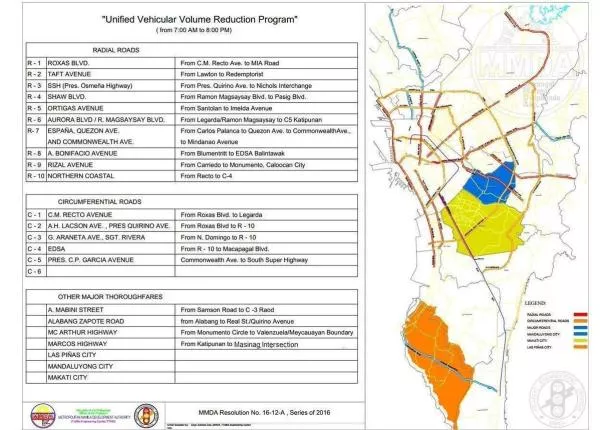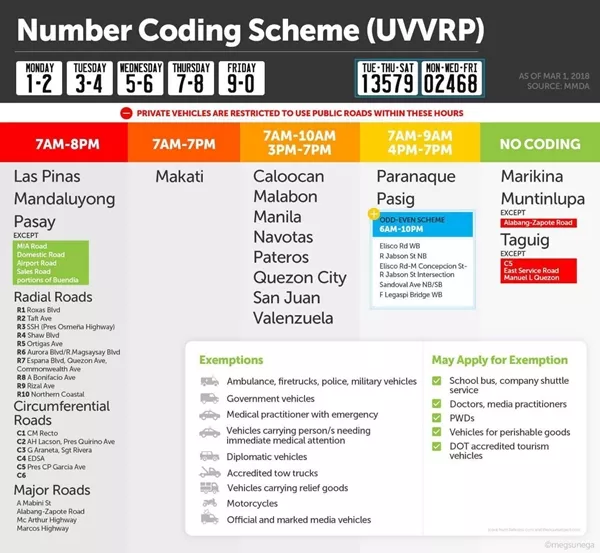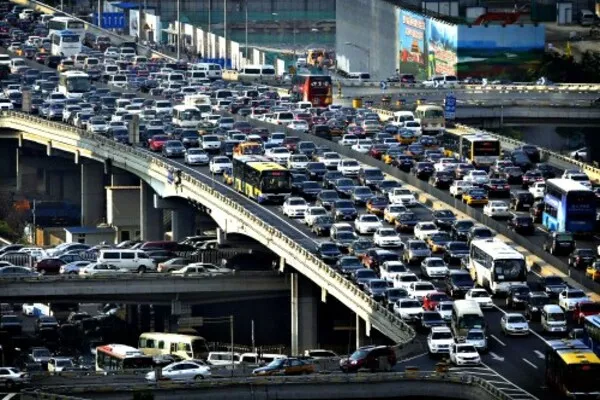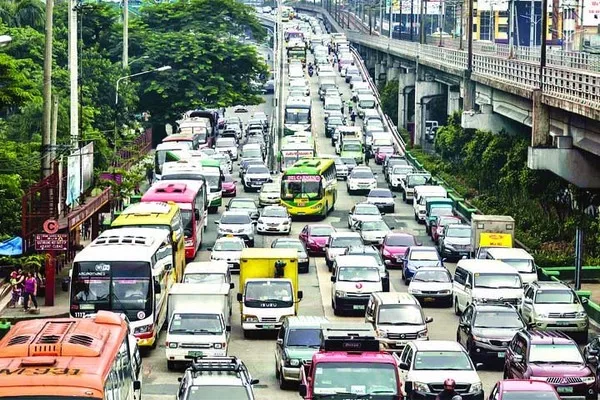In the Philippines, daily commuting is an experience that one would not necessarily look forward to. Major roads, especially in Metro Manila, are not immune to traffic jams. In fact, rare are the days that you will find these major roads traffic-free. So, motorists and commuters are left with no choice but to brave the daily traffic jams and go through the struggle of keeping their heads cool amidst the seemingly endless queue of vehicles.
Would there be an end to this? Well, this is what the government and concerned agencies are trying to achieve with the vehicle volume reduction scheme. The logic behind the scheme is, reduce the volume of vehicles and you'll unclog streets and main roads. Quite simple, right? But has it really served its purpose? is this really the solution to our traffic congestion problem?
So with those in mind, let's dig deeper into this traffic management scheme as well as discuss the arguments that some groups of motorists have against the scheme. So, read on.
1. Unified Vehicular Volume Reduction Program (UVVRP)
To address the worsening traffic situation, a traffic decongestion scheme was implemented by the Metropolitan Manila Development Authority (MMDA) — the Unified Vehicular Volume Reduction Program or commonly known as the number coding. The UVVRP or the number coding scheme bans both public and private vehicles from traveling and using the major roads.
The number coding was first implemented in 1995 through Memorandum Regulation No. 95-001 of the MMDA. In 1996, it was revised through Memorandum Regulation No. 96-005 of the government agency. Originally, the number coding scheme runs from 7 a.m. to 7 p.m., Mondays to Fridays. The memorandum also used to have window hours where motorists affected by the number coding scheme can use public roads only from 10 a.m. to 3 p.m.
Because of the worsening traffic, the Philippine government formed an Inter-Agency Council for Traffic, or i-ACT, composed of the DOTr, MMDA, LTFRB, Metro Manila Council, and PNP-HCG. The i-ACT implemented the expanded number coding today which removes the window hours in major roads of Metro Manila.
The roads that don’t have window hours are the C5, EDSA, Roxas Boulevard, Mandaluyong City, and Alabang-Zapote road. There are also different adjustments and changes depending on the areas and city ordinance.

The UVVRP or the number coding scheme ban both public and private vehicles from traveling and using the major roads
2. How does Number Coding work?
The number coding in Metro Manila, which is supervised by the MMDA, is effective during weekdays – Monday to Friday. Private and public utility vehicles with plate number ending with a certain number is banned for a particular day.
- For cars whose plate numbers ending in 1 and 2, the vehicle is banned from plying the roads on Monday.
- For cars whose plate numbers ending in 3 and 4, the vehicle is banned from plying the roads on Tuesday.
- For cars whose plate numbers ending in 5 and 6, the vehicle is banned from plying the roads on Wednesday.
- For cars whose plate numbers ending in 7 and 8, the vehicle is banned from plying the roads on Thursday.
- For cars whose plate numbers ending in 9 and 0, the vehicle is banned from plying the roads on Friday.

In Metro Manila, the number coding is effective during weekdays – Monday to Friday
>>> Must read: A primer to traffic congestion in the Philippines: The causes, effects, and possible solutions
3. Special cases/number coding exemptions
The following are automatically exempted from the number coding scheme:
- Motorcycles
- Vehicles and cars transporting people that need immediate medical attention.
- Ambulance and firetrucks privately owned cars and units with proper marking are included.
- Cars used by medical personnel attending to a medical emergency (doctors and physicians must present their PRC ID if an MMDA traffic enforcer calls them down.
- Vehicles transporting relief goods.
- Tow trucks accredited by the MMDA
- Military and police patrol cars with a permanent and proper marking that indicates the vehicle as such
- Vehicles used for military relief or emergencies under the direction of a medical practitioner or the government authority
- Government vehicles that have LTO stickers that indicate the name of the officer or government plates
- Vehicles with diplomatic plates used by foreign diplomats
- Marked and official media vehicles
![]()
Some vehicles are automatically exempted from number coding
4. Is vehicle volume to blame for our traffic woes?
The main purpose of number coding is to reduce the volume of vehicles on the road. But is the coding scheme effective in solving the heavy flow of traffic? Is the number of cars to blame why our roads are congested?
According to most drivers and commuters, number coding is not the solution to decongesting urban roads. On the contrary, they say, the coding scheme for private vehicles actually resulted in more cars roaming the roads. How did that happen?
While the government believes that the vehicle reduction scheme is helping solve Metro Manila's traffic woes, many questioned if it has been effective at all. Groups opposed to the coding scheme say that it has only made the situation worse, with vehicle owners resorting to buying additional cars that they can use when their other vehicle is affected by the number coding scheme.
As car owners choose to buy additional vehicles, main roads continue to clog. Based on various studies about traffic, a large number of cars is just one of the contributors to the traffic. Yet, there are also other factors that contribute to the worsening traffic condition in Metro Manila.
>>> Click to get more useful tips and advice for safe driving
5. Poor urban planning
One of the main reasons why we experience congested roads is poor urban planning. Metro Manila, for example, is never designed for the large number of cars we have today. To reduce traffic, experts believe that there should be more access to roads and highways that connect different cities to the business districts. But looking at Metro Manila today, where it is so densely built-up and populated, there is almost no space for a new highway, road, or even a street.

Another reason why we experience congested roads is poor urban planning
6. Public transport that is poorly developed
Aside from too many cars, poor urban planning, and the number coding scheme, another contributor to the heavy traffic is the public transport system in the Philippines. These public transport vehicles are all crammed especially during rush hour, rendering it ineffective in encouraging people to travel using public transportation. This is why most people would rather bring their own car than go through the inconveniences of public commuting.
The buses and jeepneys, which frequently stop in the middle of the road to drop and pick up passengers are another reason why traffic exists.
>>> Also check out:
- The PUV Modernization Program in the Philippines: Facts You Need to Know
- 5 facts you should know about the Philippines PUJ Modernization Program

These public transport vehicles are all crammed especially during rush hour, discouraging commuters to use public transportation
According to various studies, as well as most drivers and commuters, the number of cars plying the busy roads of the urban areas is not the only factor that causes traffic. There are other factors that contribute to the congested roads that drivers and commuters have to deal with today.
The UVVRP that we have is said to have minimal to no positive effect when it comes to traffic reduction, but the number coding today for private vehicles rather contributes to its worsening condition.
Visit Philkotse.com for more automotive news.












